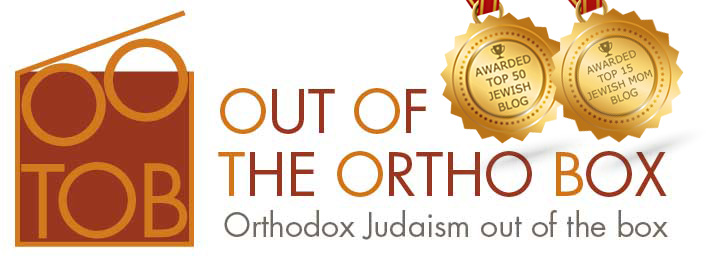What’s on my phone right now? I always love the coolness of combining technology with religiosity. So fun. So I decided to share with y’all which Jewish apps are currently hanging out on my phone:
1. Zmanim
This literally means “times.” In Judaism, the exact minute of sunrise and sunset are very important, as well as many points in between (like their midpoint). Why? There are certain times of day designated for certain prayers. When Shabbat and holidays start and end. When ANY day starts and ends. Like if you need to figure out which is the 8th day for a bris. So this app detects your location and offers you all the important times: sunrise, till when you can do the morning prayers, midday, the earliest time you can do the afternoon prayers, sunset, nightfall, and mid-night (not to be confused with 12:00 am).
You can also change the date or location, like if you want to know when Shabbat will begin in four months (like for people who plan Shabbatons, ahem) or if you’ll be traveling and want to know if you can still catch a minyan at your destination.
2. Siddur
This is a prayerbook app. The free one is Hebrew only (yup, that’s what I’ve got – I’m cheap, but for a small fee you can download one with English) and has bookmarks for the morning blessings, the Shema, the Amidah, the afternoon prayers (mincha), the evening prayers (maariv), “bentching” – Grace After Meals, the travelers’ prayer, and more. It’s perfect for when I’m on the go, but, like many anti-Kindle peeps, I feel it’s just not the same. Also quite distracting when an email or call comes in while I’m supposed to be concentrating on the Lord. But there’s a concept in Judaism of looking at the words while you pray – even if you know it by heart. Or maybe especially if you do. Because it helps you concentrate, while you might be tempted to rattle it off by rote. So this is great in a pinch.
3. Tehillim
This is the Book of Psalms. Yeah, in an app. Oxymoron? Nah. Jewish tradition has us turning to this book to pray for assistance or gratitude in any circumstance. I confess, I’ve never used it. I always revert to whispering the ones I know by heart. But it’s very cool and has fun bookmarks. Also, it makes me feel good just by being on my phone.
4. Calendar converter
This is a totally fun app that gives you the Hebrew dates for English and vice versa. Very handy for choosing bar and bat mitzvah dates for our Sunday school kids.
5. Google calendar: Jewish holidays
This isn’t really an app, but did you know you could download the Jewish calendar into your google calendar? Then all the Jewish holidays appear instantly, including Rosh Chodesh (first day of the new Jewish month), and, if you’d like, the various Torah portions each week. You can even choose your dialect for Hebrew (like Shabbos or Shabbat). Very useful for making sure you don’t schedule an event on the first night of Passover or something like that.
6. Avot
This is all six chapters of Pirkei Avot – the Ethics of the Fathers. I’m teaching it in a class, and it’s perfect for checking quickly what we’re up to or reviewing before class.
7. Kol Halashon
Just downloaded this last week and I’ve already used it a bunch of times. It’s for the more experienced learner, and basically it takes what is already a telephone learning service and offers it in app form. It’s an extensive and organized collection of Torah lectures by today’s most popular lecturers. You can choose parsha, mishna, Talmud, Jewish law, character improvement. You can choose Hebrew, English, Yiddish and other languages. I’ve bookmarked my four favorite lecturers. You can either download the lectures or just play them, so it’s great for travel. Eats up quite a bit of memory, but for me, totally worth it.
Which Jewish apps are hanging out on your phone?
